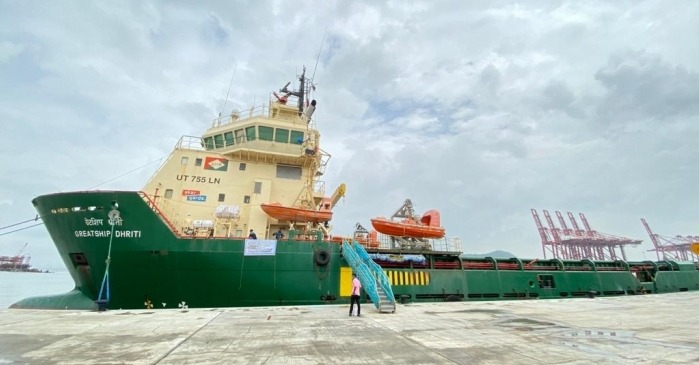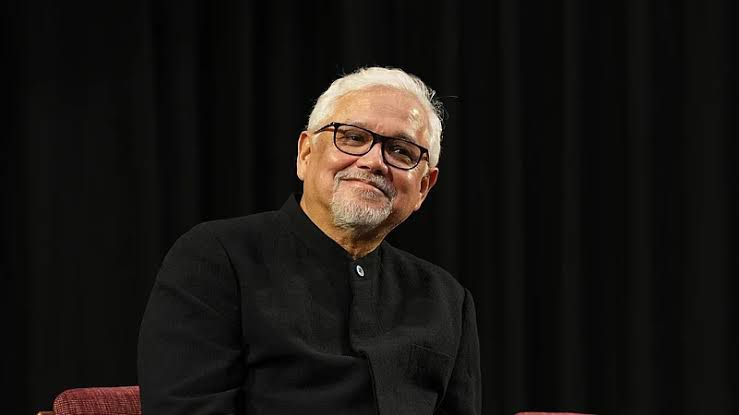India’s maritime logistics landscape is on the brink of a transformative leap with Deendayal and Jawaharlal Nehru ports pioneering the adoption of Magrail and hyperloop technologies respectively. These innovations promise to dramatically speed up cargo movement, ease traffic congestion, and reduce environmental impact, aligning with India’s broader vision of modernizing infrastructure and embracing sustainable development. This detailed newsletter examines the ongoing projects, their potential impacts, challenges, and future prospects shaping India’s port operations.
Introducing Magrail: A Leap Towards Autonomous Freight Movement
Deendayal Port, located in Kandla, Gujarat, is spearheading the deployment of autonomous magnetic rail freight transportation—popularly known as Magrail. This system uses electric-powered wagons that levitate and glide on magnetic tracks, eliminating the need for traditional locomotives and delivering ultra-smooth, energy-efficient freight movement.
Key highlights of the Magrail initiative include:
Collaboration between Deendayal Port Authority (DPA), DP World, and Polish technology firm Nevomo to implement an 18-kilometer pilot Magrail track.
Project plans to retrofit existing rail wagons with Magrail tech to enable locomotive-free operations, boosting frequency and operational flexibility.
Anticipated benefits include cutting down about 8,000-12,000 daily diesel truck trips within the port environs, reducing pollution and traffic snarls significantly.
Estimated initial investment of ₹85 crore dedicated to demonstrating Magrail’s operational feasibility and scalability.
Enhanced cargo throughput capacity expected, with faster turnaround times supporting seamless supply chain movements.
Magrail promises reduced carbon footprint, less wear and tear on infrastructure, and quieter operations, improving port-area living standards. With India’s expanding trade volume, such green technologies are pivotal to future port sustainability.
Hyperloop Technology: Revolutionizing Cargo Transit at Jawaharlal Nehru Port
In Maharashtra, Jawaharlal Nehru Port Authority is venturing into the futuristic realm of hyperloop cargo transportation. Hyperloop involves pods traveling at potentially over 1,000 km/h in near-vacuum tubes, dramatically shortening transit times.
Notable developments around JNPA’s hyperloop project are:
-
Signing of a landmark Memorandum of Understanding (MoU) between JNPA, Vadhavan Port, and IIT Madras-incubated startup TuTr Hyperloop Pvt Ltd to evaluate feasibility of a hyperloop corridor over 20 kilometers.
-
The corridor aims to connect the expanding Vadhavan Port with the Dedicated Freight Corridor, ensuring rapid and continuous cargo flow.
-
Hyperloop’s design facilitates ultra-fast, autonomous cargo transit that can bypass traditional traffic constraints and operational bottlenecks.
-
Project evaluation encompasses cost, engineering viability, regulatory alignment, and integration with existing multimodal logistics infrastructure.
-
Leveraging India’s research capabilities, the project exemplifies homegrown innovation infused with global cutting-edge technologies.
If successful, this initiative will set a precedent in India's freight logistics, propelling port productivity and export-import efficiency to new heights.
Tackling Industry Challenges With Technology
The ports’ push toward Magrail and hyperloop solutions responds to India’s pressing freight transport challenges:
-
Severe traffic congestion caused by thousands of diesel trucks inside and near major ports delays cargo clearance and erodes operational efficiency.
-
Environmental impact from vehicle emissions demands cleaner alternatives in line with India’s climate commitments.
-
Growing cargo volumes necessitate scalable, high-capacity transport modes integrated with digital supply chains for real-time management.
-
Existing rail and road infrastructure capacity constraints require innovative technologies to optimize flow and turnaround.
By adopting autonomous electric wagons and hyperloop pods, these projects envision a cargo movement revolution that is faster, greener, and more reliable.
Looking Ahead: Implementation and Broader Implications
While Magrail has proven its viability overseas and is undergoing pilot trials at Deendayal, hyperloop technology is yet to see widespread deployment globally. The future involves close monitoring of pilot outcomes, stepwise investments, and government facilitation to scale these cutting-edge solutions.
The projects align closely with India’s National Logistics Policy and Prime Minister Gati Shakti mission, which focus on multimodal connectivity, reducing logistics costs, and fostering sustainable infrastructure development.
Besides operational benefits, the initiatives signal rising Indian technological self-reliance, with academic institutes and startups partnering with port authorities, laying foundations for a robust innovation ecosystem.
Conclusion: Paving The Way For Future Port Logistics
Deendayal and Jawaharlal Nehru ports’ ambitious experimentation with Magrail and hyperloop technologies heralds a new era in Indian freight transport. By harnessing automation, electrification, and ultra-fast transit methods, India is positioning itself at the forefront of port logistics modernization.
As cargo volumes surge and environmental imperatives tighten, such bold ventures are indispensable for ensuring India’s ports not only meet present-day demand but anticipate future growth sustainably and efficiently. The success of these projects will inspire replication across major ports nationwide, marking a significant milestone in India’s journey to a smart, green logistics future.
Sources: The Hindu Businessline, ANI News, Swarajya, The Maritime Standard





